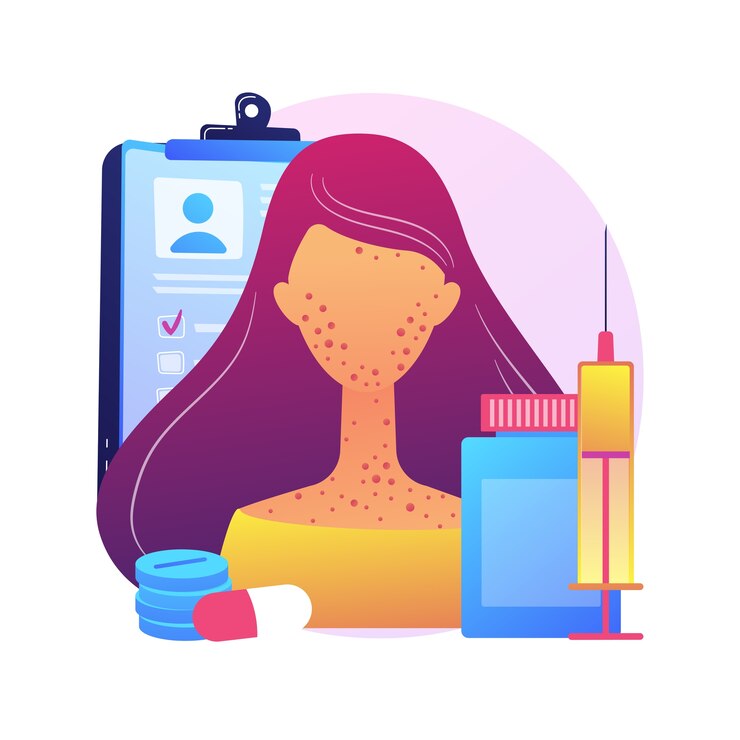
Managing Seborrheic Contact Dermatitis: Simple Lifestyle Changes for Flare-ups
Introduction: Managing Seborrheic Contact Dermatitis Flare-ups
Dealing with seborrheic contact dermatitis flare-ups can be challenging, but lifestyle modifications can help manage and reduce their impact on your skin. By incorporating these simple changes into your daily routine, you can better control your symptoms and enjoy clearer, more comfortable skin.
Understanding Seborrheic Contact Dermatitis
Seborrheic contact dermatitis is a skin condition that causes redness, itching, and flaking, often affecting areas where the skin is oily, such as the scalp, face, and chest. Flare-ups can be triggered by various factors, including stress, harsh skincare products, and certain foods. Managing these triggers is key to reducing flare-up frequency.
Lifestyle Modifications for Managing Seborrheic Contact Dermatitis Flare-ups
1. Gentle Skincare Routine
Opt for gentle, fragrance-free skincare products that won’t irritate your skin. Harsh cleansers and exfoliants can worsen inflammation and flakiness. Choose products that are mild and non-comedogenic to avoid clogging your pores.
2. Regular Cleansing
Wash your skin regularly with a mild, non-comedogenic cleanser to keep it clean and free from irritants. Be sure to rinse thoroughly and gently pat your skin dry with a soft towel to avoid further irritation.
3. Moisturize Daily
Moisturizing your skin helps keep it hydrated and reduces flakiness. Use a moisturizer that is suitable for your skin type, and apply it liberally to the affected areas after cleansing to lock in moisture.
4. Sun Protection
Protect your skin from harmful UV rays by applying sunscreen daily, especially on exposed areas like the face and scalp. Choose a broad-spectrum sunscreen with SPF 30 or higher and reapply it every two hours when outdoors to prevent flare-ups.
5. Stress Management
Stress can make seborrheic contact dermatitis worse, so it’s essential to find healthy ways to manage it. Try relaxation techniques such as deep breathing, meditation, or yoga to help lower stress levels and reduce flare-ups.
6. Healthy Diet
A balanced diet can support skin health. Focus on consuming fruits, vegetables, whole grains, and lean proteins. Avoid foods that may trigger flare-ups, such as dairy, sugar, and processed foods, which can contribute to inflammation.
7. Hydration
Drinking enough water throughout the day is crucial for keeping your skin hydrated from the inside out. Staying hydrated can help improve your skin’s barrier function and reduce dryness and flakiness.
Conclusion
Managing seborrheic contact dermatitis flare-ups requires a multifaceted approach, including lifestyle modifications to support overall skin health. By adopting a gentle skincare routine, practicing stress management techniques, and making healthy lifestyle choices, you can effectively manage your symptoms and enjoy clearer, more comfortable skin.
To seek medical advice, always consult a Doctor. Here are our recommended EXPERTS. Click here
To read more on SKIN. Click Here


